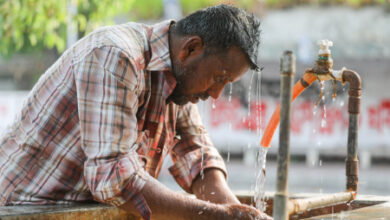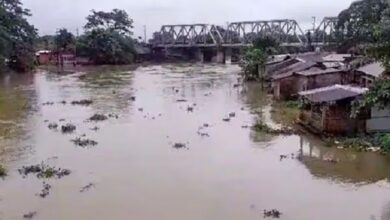Why water storage is a vital tool in South Asia’s climate change strategy
New Delhi: Both floods and droughts are the result of variable precipitation, resulting in periods with too much water and others with too little, both of which have hit the people of South Asia hard over the past few decades. Since 1990, the region has faced 50 major droughts, affecting over 750 million people with economic damages estimated at 7 billion USD. In 2022, the unprecedented floods in Pakistan submerged around one-third of the country, killing over 1,200 people, and displacing a further 33 million. At the time of writing this, nearly 4 million children are still living near ontaminated and stagnant flood waters, putting their well-being and even survival at risk.
Water storage is crucial for regions like South Asia to deal with droughts and floods, both of which wreak havoc on access to fresh water. Water storage underpins vital services such as the provision of water for drinking, sanitation, hygiene, and irrigation, which in turn underpin human health, welfare, and food security. It not only reduces the impacts of floods and droughts, but the water stored for hydropower produces clean energy and stories it for use when it is most needed, thereby enabling increased use of variable solar and wind energy. River or canal transportation often relies on water storage to provide year-round accessibility for bulk goods carriers.
Nearly 97 percent of water on earth is stored in the oceans with the rest stored in glaciers, aquifers, wetlands, lakes, rivers, and in soils. Water is also stored in human-built systems, such as reservoirs behind dams, retention ponds, and tanks, which although relatively lower in cumulative capacity are vital for people’s livelihoods and economic growth.




